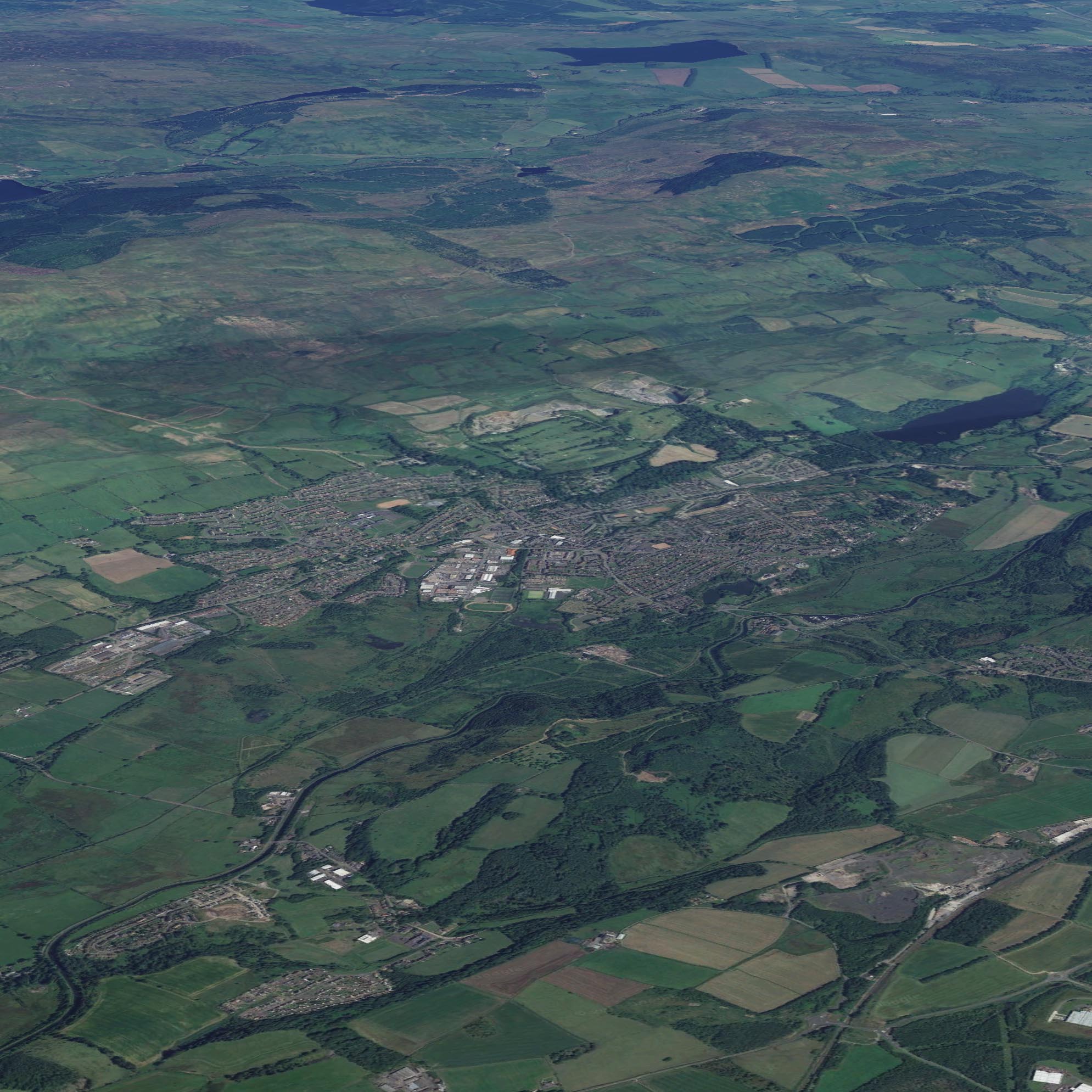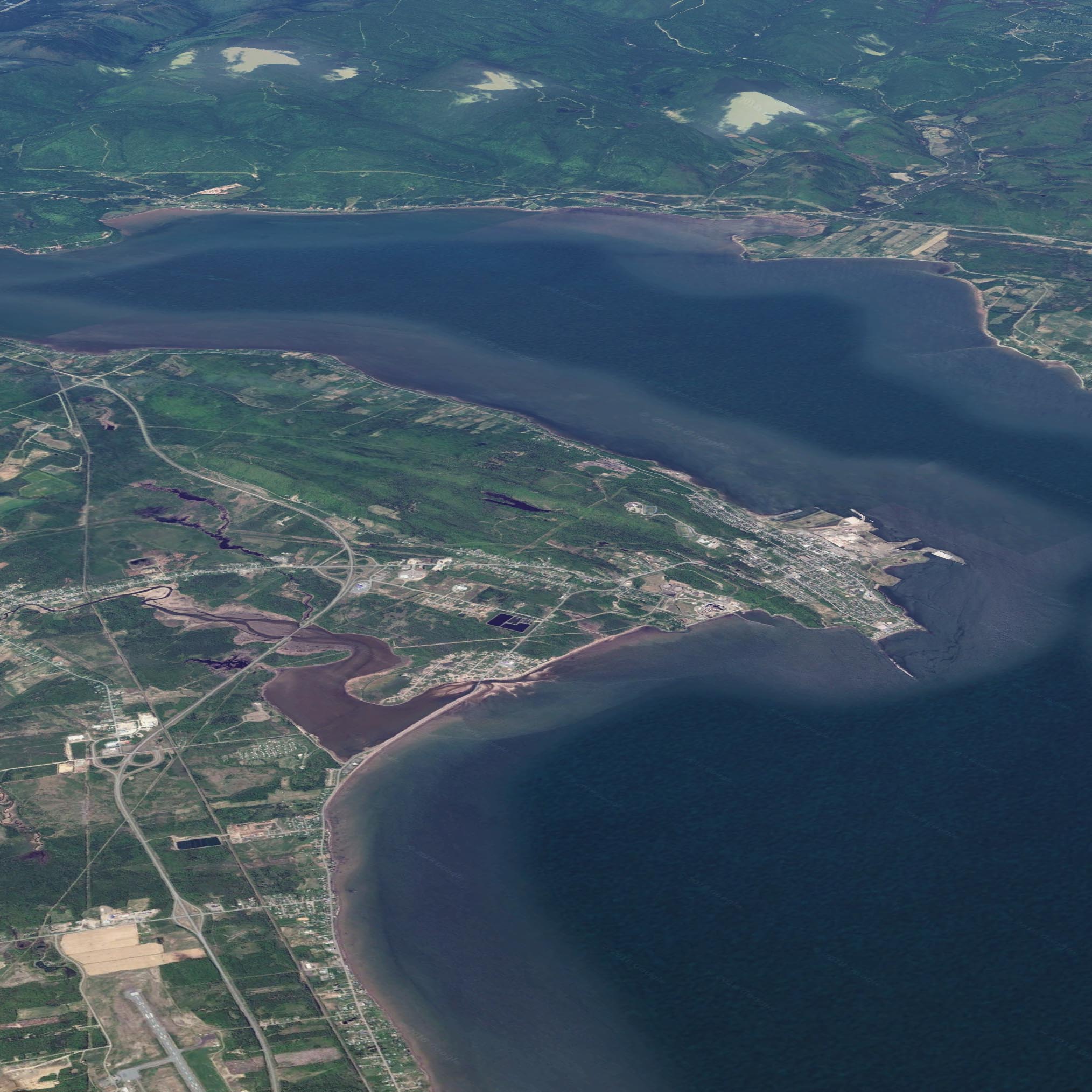ROBERT GARDNER JR:
THE EARLY YEARS
1819
SCOTTISH-BORN
CANADIAN-RAISED

1833
MOVING TO ‘WESTERN CANADA’
The closest store was around 40 miles away, so the family had to be completely self-sufficient. Robert recalled their wool clothes, which started with their own sheep’s wool. The family sheared, carded, spun, and wove the wool into usable cloth and then sewed it into clothes.
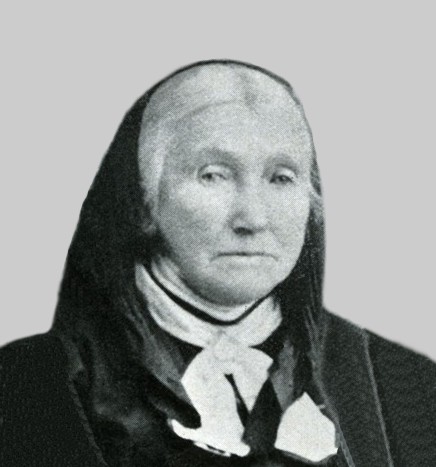
1844
WINTER CONVERT
Robert also believed, and in the first, cold days of the new year asked his older brother, William, to baptize him.
1845
BAPTIZED UNDER 18 INCHES OF ICE
Time seemed to slow as Robert was underwater, and “though only about a second,” he wrote, “it seemed to me a minute, [and] a bright light shown around my head and the light had a very mild heat with it.”
He was confirmed as he shivered, sitting on a nearby log.
“As soon as I embraced the Gospel I had a strong desire to go to Nauvoo to see the Apostles and the Saints in their gathering place.”
-Robert Gardner jr.
1845
$5 & A SACK OF CRACKERS
With only $5.00 in his pocket and a 2 bushel sack half-full of crackers, Robert made the 500-mile trek to Nauvoo. With only enough money to cover his steamboat fare and an occasional night’s lodging, Robert munched the crackers for the entire two-week journey.
As he walked through Nauvoo, Robert “…soon found out that the Saints in Nauvoo were very poor, and were spending most of their time on the Temple without pay…”
“When I got outside of Nauvoo,” he wrote, “I turned and looked back and wept, for my heart was with the saints and I said, ‘I will soon see you again.’”
“I used to sit down and rest and sing the Hymn “Hail to the Prophet Ascended to Heaven, Traitors and Tyrants Now Fight Him in Vain…”, then get up and go on my way rejoicing.”
-Robert Gardner jr.
1847
THE AGONY OF WAGON WHEELS
Although the boy “got out of the wagon” later that day “and ran-along and played to show me that he was not much hurt and to try to make us feel better,” his internal injuries soon worsened. For the next 52 nights, Robert cradled the whimpering boy in his arms as the two of them tried to sleep.
On August 13, 1847 the boy died and was buried on the shores of Deer Creek.
The horror was nearly repeated when the wagon train neared Fort Bridger and Robert’s other son, William, fell from the wagon. “…the same 2 wheels that ran over Robert ran over him, over his 2 ankles.”
Miraculously, the ankles remained unbroken, and a few days later the boy was able to stand and walk again.
“My wagon,” Robert wrote, “was heavily loaded with 3 yoke of oxen; I saw the wheels go over both his ankles, no mistake about it. Afterwards, I threw some large buffalo bones under the same wheels and they were crushed to powder.”
-Robert Gardner Jr.
SETTLING MILLCREEK
1847
A PLACE TO REST
Although he said that he couldn’t go another day’s journey, Robert later wrote that “that was a happy day for us all for we knew that this was a place where we could worship God according to the dictation of our conscience and mob would not come, at least for a while.”
He couldn’t see it at the time, but the Salt Lake Valley would turn out to simply be another stopping point along his life’s journey, a place to rest and catch his breath for a few years.
1847-48
CHEWING LEATHER
In near-desperation, Robert “took the dry hide of my cow and scalded it and boiled it and ate it, and believe me this was tuff.”
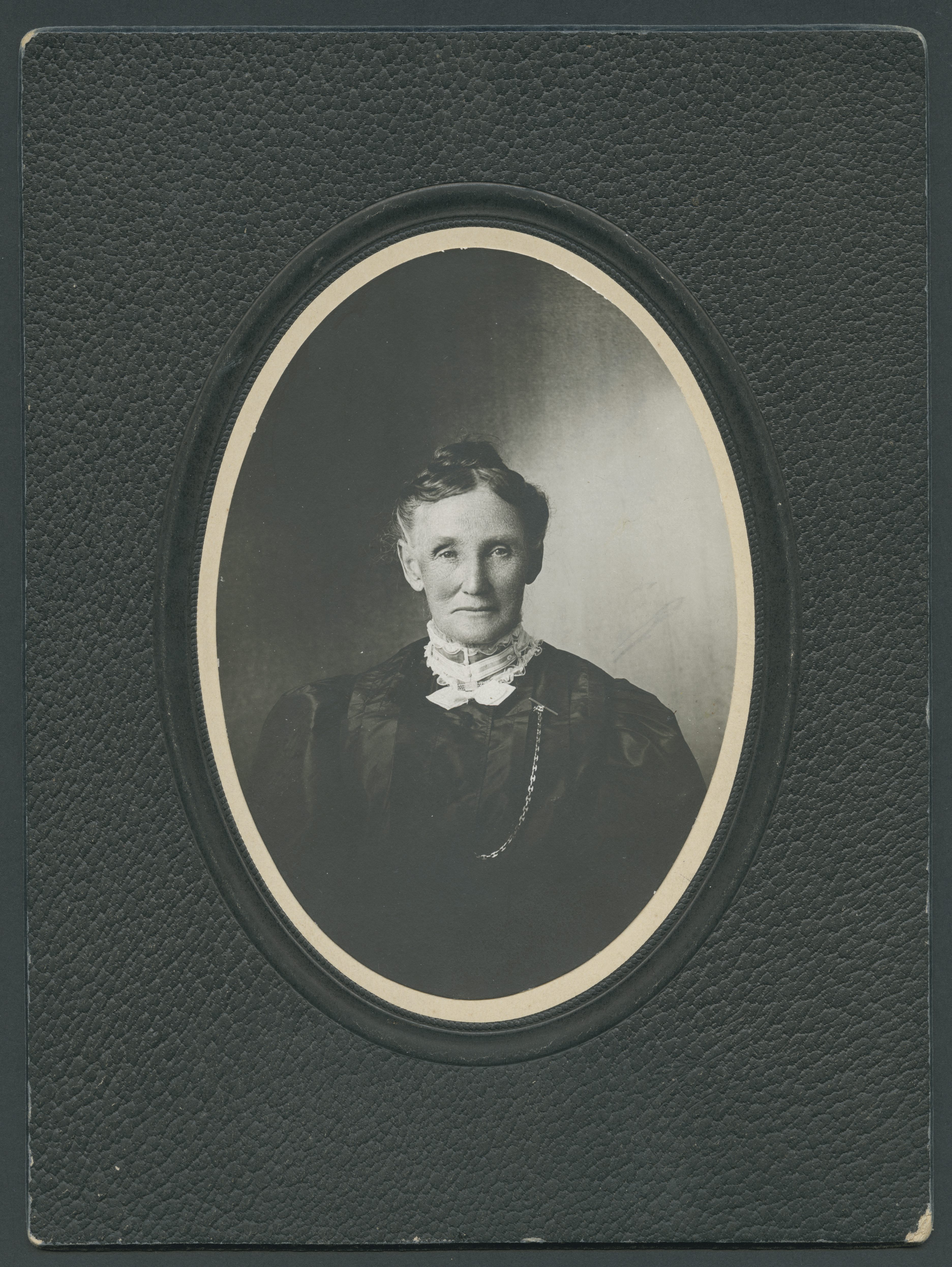
1848
THE VALLEY’S FIRST LUMBER MILL
Example of a Water Wheel
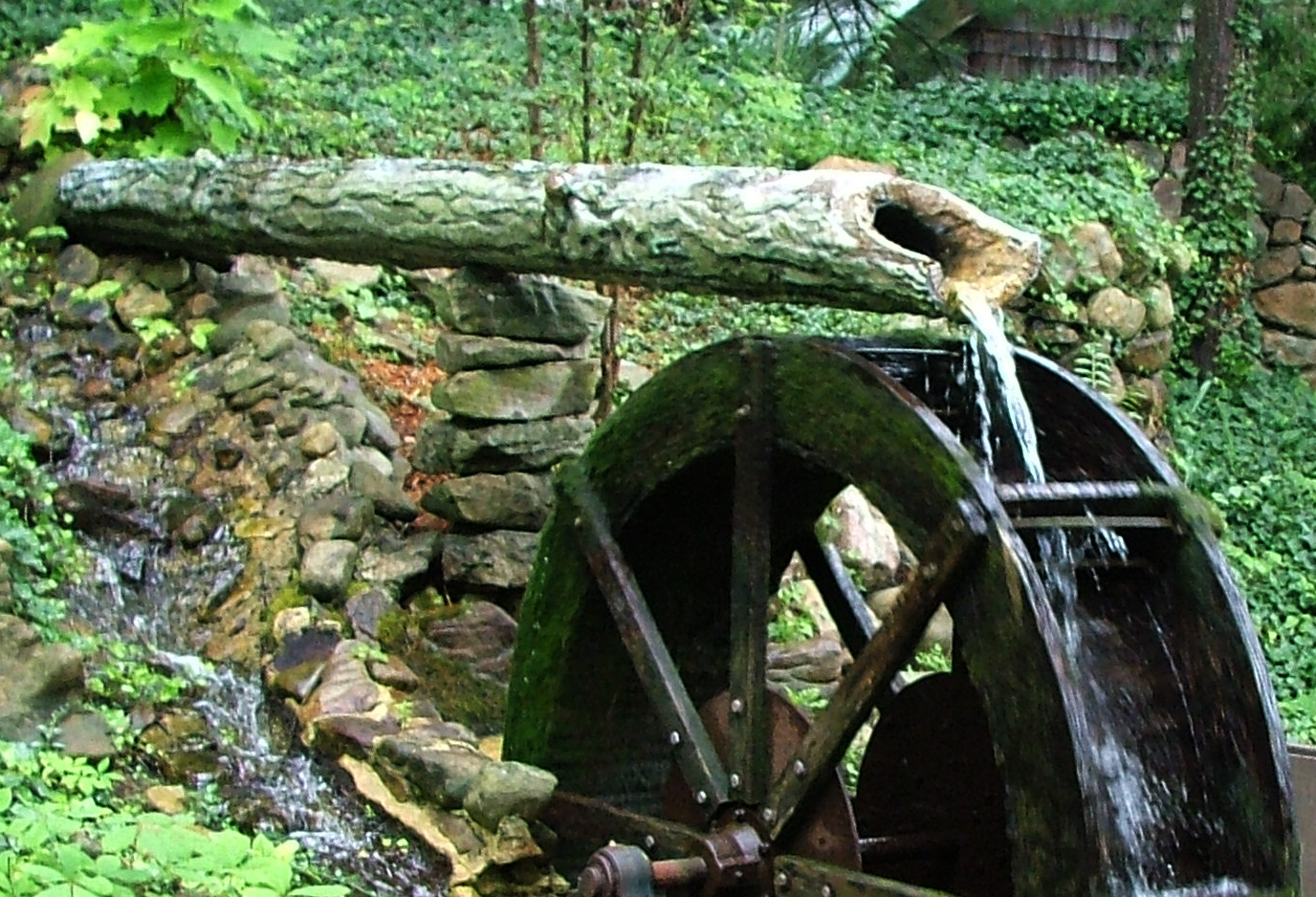
The new mill ran well, and the family established their homestead on 80 acres and began building homes and barns in the area.
The mill was completely handcrafted and built without a single nail. “Wooden pins and mortises were used instead,” Archibald explained in his history, “all shafts, bearings, cog wheels, etc., were made of wood, our mountain maple. Here we turned out the first lumber sawed in Utah.”
1856
BLEEDING IN THE SNOW
A log suddenly appeared, sliding “like an arrow” and slammed into his right calf, peeling away all the flesh down to the bone as it bounced off and continued down the slide.
As he looked down at the blood and flesh, he immediately wondered whether this would “…prevent [him] from going on [his] mission.”
Crawling, Robert managed to make his way close enough to the road, where he yelled for help. After tying his handkerchief around his leg to hold the flap of skin on, two men came to his relief and hauled him out of the canyon.
HIS OWN SURGEON
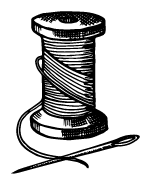
Flapping the skin back into place, Porter attempted to sew the wound shut, but “his heart failed him.” Robert took the lead, asking the onlookers to help him sit up so that he could sew the wound himself. “I took the needle through,” Robert wrote, “and [Porter] tied the threads, and we made a good job of it.”
Robert was brought low by the death of his father. Remembering the moment, Robert noted that “…although I had a large family, I felt like a little boy that had lost his father.”
-Robert Gardner jr.
1856
Placeholder: Married Mary Ann Carter
1857-1858
HANDCART MISSION TO CANADA
Once Robert’s hurt leg had healed enough for him to travel, he began making preparations to leave for his mission call to Canada. “The company had to cross the plains with hand carts,” Robert wrote, “No teams, nor horses, nor mules. I had so recovered well enough that I could walk without my crutches with care.”

